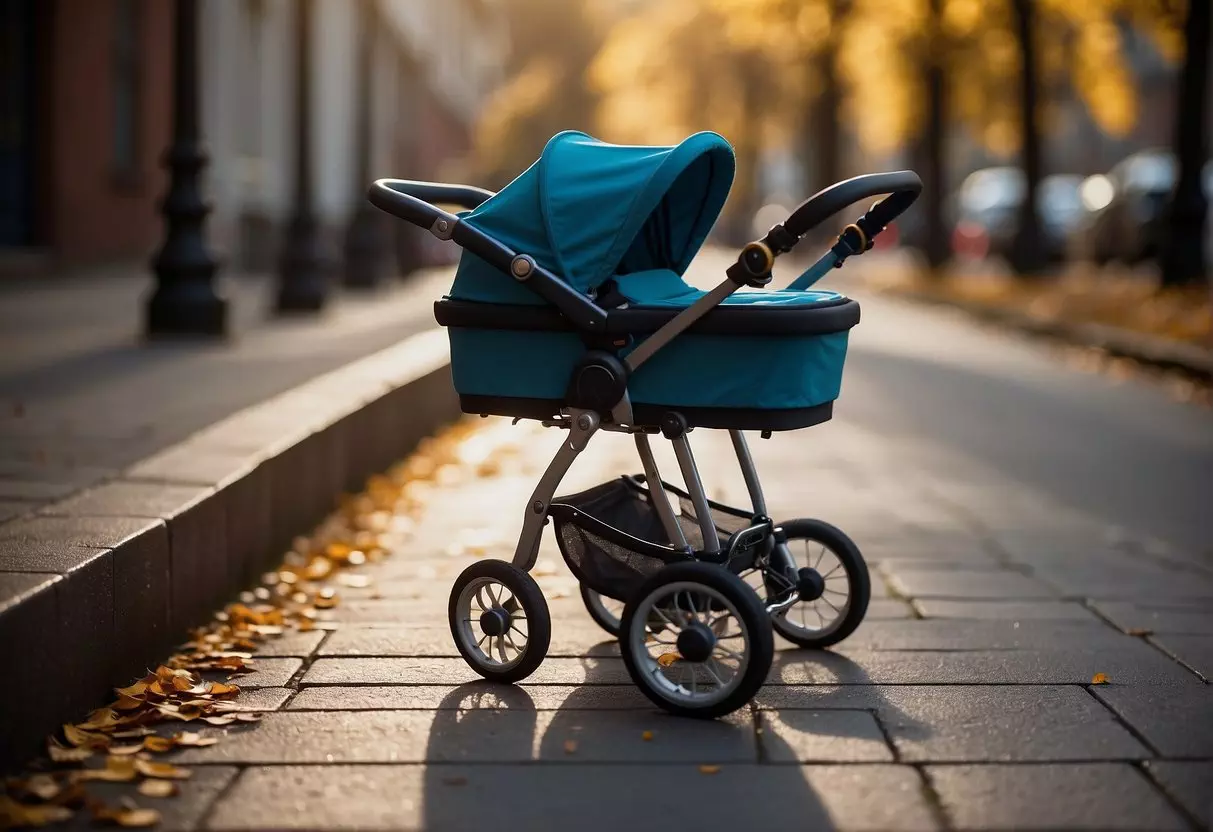When to Stop Using a Pram: Signs It’s Time to Transition
Deciding when to say goodbye to your child’s pram can be a bittersweet milestone. It’s a sign that your little one is growing and gaining independence. Most parents begin to transition away from prams when their child becomes more active and shows the desire to walk and explore on their own. Usually, this occurs around the ages of 2 to 3 years, but it’s important to consider your child’s individual development and readiness. Prams offer convenience and safety, especially for younger children, but as your child grows, these needs change. According to experts, while there’s no single right answer, there are quite a few factors you should consider to make the best choice for your family.

Safety is always paramount when it comes to parenting decisions, and the American Academy of Pediatrics provides guidance on various aspects of caring for children, including safe transportation. They suggest that parents ensure any pram is used correctly, adhering strictly to weight limits and always using safety straps. As your child’s development progresses, so should their mode of transportation during outings. It’s about striking a balance between their physical capabilities and the practicalities of your lifestyle.
Keep in mind, as your child grows, so does their curiosity and desire to explore. Transitioning from a pram should be considered an opportunity for them to engage more with their surroundings and develop motor skills. However, it isn’t a decision that needs to be rushed. Each child’s readiness to leave the pram behind will vary, and as a parent, you’re best equipped to gauge this. Pay attention to cues from your child, such as consistently wanting to walk or climb out of the pram, as these can be indicators that they’re ready for this new stage of independence.
Table of Contents
Determining the Right Time to Stop Using a Pram
Transitioning from using a pram to allowing your toddler to walk independently involves several critical factors, including safety and physical development.
Safety Considerations and Child’s Age
The safety of your child is paramount when deciding to move away from using a pram. A key indicator that it’s time to make the switch is when your child becomes more independent and shows the desire to walk rather than ride. Typically, this transition may happen around the age of two to three years old. However, it’s essential to ensure that your child can safely walk and has the stamina for the trips you’re planning. Moreover, the pram you’re using should meet the Australian Standard AS/NZS 2088, ensuring it has a sturdy frame, a 5-point harness, and offers stability to cope with your child’s growing curiosity and movement.
Weight and Height Guidelines
Alongside age and developmental milestones, consider the weight and height guidelines of your stroller. Exceeding these limits can compromise the stroller’s integrity and safety. These guidelines are typically listed in the product manual, but generally, you should consider transitioning your child out of the pram when they are close to the maximum weight or height limit, which ensures that the safety requirements are respected. For users looking for up-to-date models that conform to safety standards, checking out top picks for baby strollers that meet current expectations can be beneficial.
Remember, the decision to stop using a pram also depends on your child’s physical abilities and the safety features of the pram or stroller you are using. Always prioritize these factors when making the decision.
Alternatives and Transitions Post-Pram

When the time comes to put the pram aside, you have a wonderful opportunity to encourage your child’s independence and adjust your family’s routine to embrace more active lifestyle choices.
Transition to Walking and Alternative Transport
As your little one outgrows the pram phase, it’s exciting to support their development by encouraging walking. This not only fosters independence but also promotes healthy exercise habits. Begin with short walks, allowing them to explore their environment and build confidence. For longer distances, consider transport options like small bicycles or scooters that adhere to Australian safety standards, ensuring your child’s safety while they stay on the move.
For families with older siblings, a buggy board attached to the back of a stroller may be a convenient alternative, allowing an older child to ride along when they need a break from walking. This tool presents a practical solution for balancing the mobility needs of different-aged children and adds an element of fun to your outings.
Lifestyle Adjustments for Active Families
Transitioning from a pram means adapting your routine to suit an active family lifestyle. Plan for outings that involve more physical activity – such as walks in the park, family hikes, or afternoon time at the playground. This allows everyone in the family to engage in exercise and independence, with the added benefit of fostering a stronger family bond.
Remember, parenting in this new stage is about finding balance between convenience and promoting an active lifestyle. You might need to leave earlier for outings to accommodate a slower pace, and ensure you always have a backup plan for when little legs get tired. Parents should keep in mind that patience and encouragement during this transition will go a long way in nurturing a child’s sense of independence and love for physical activity.
